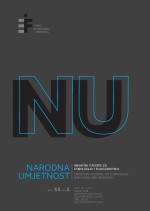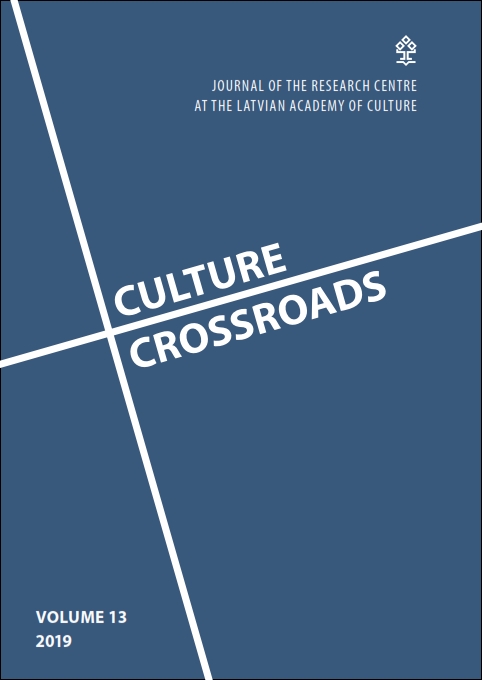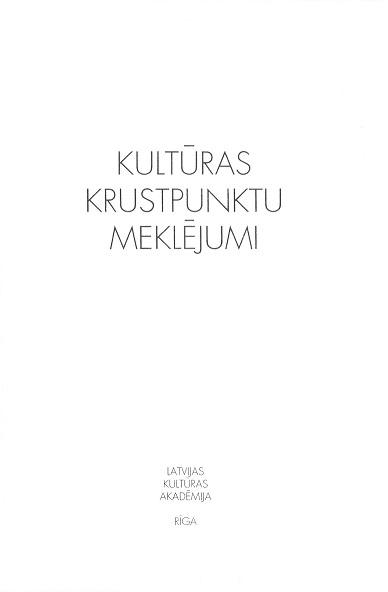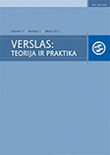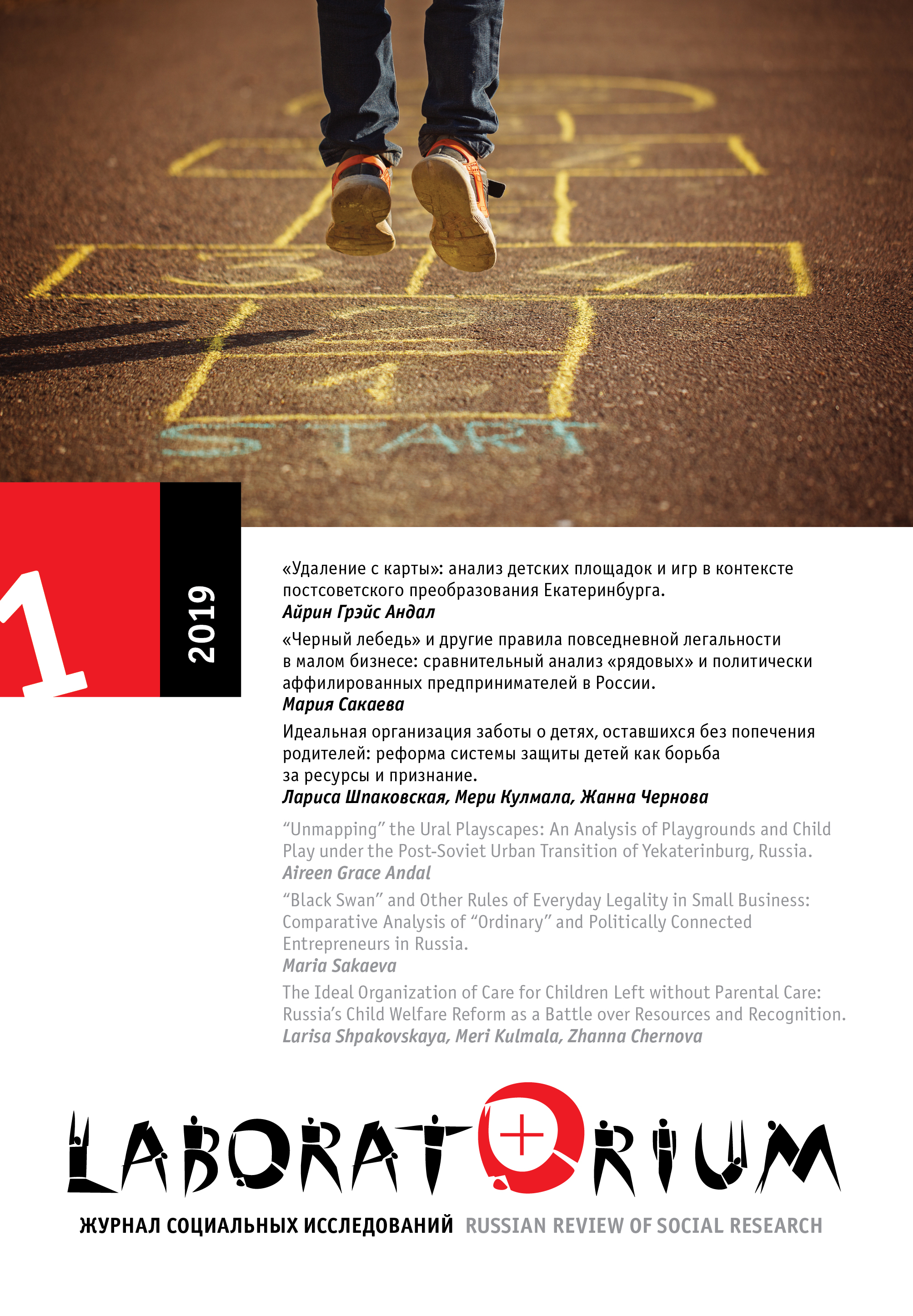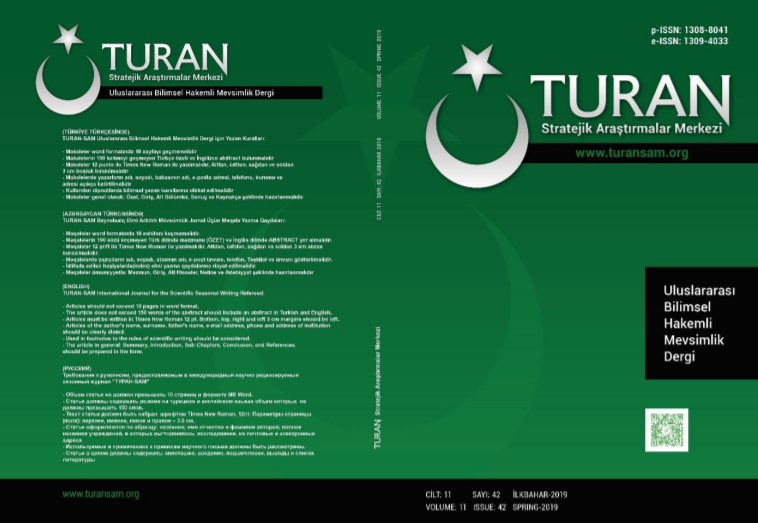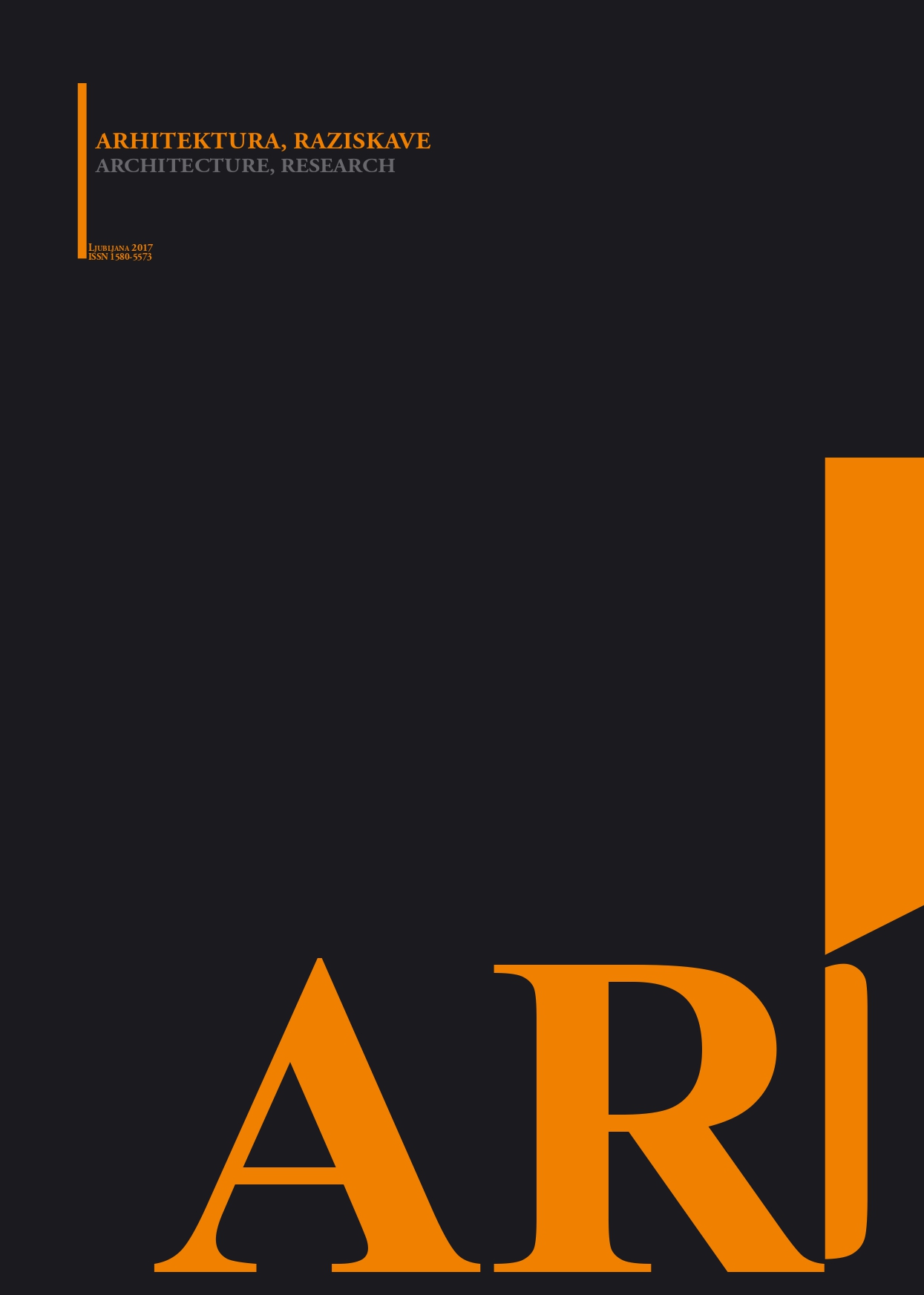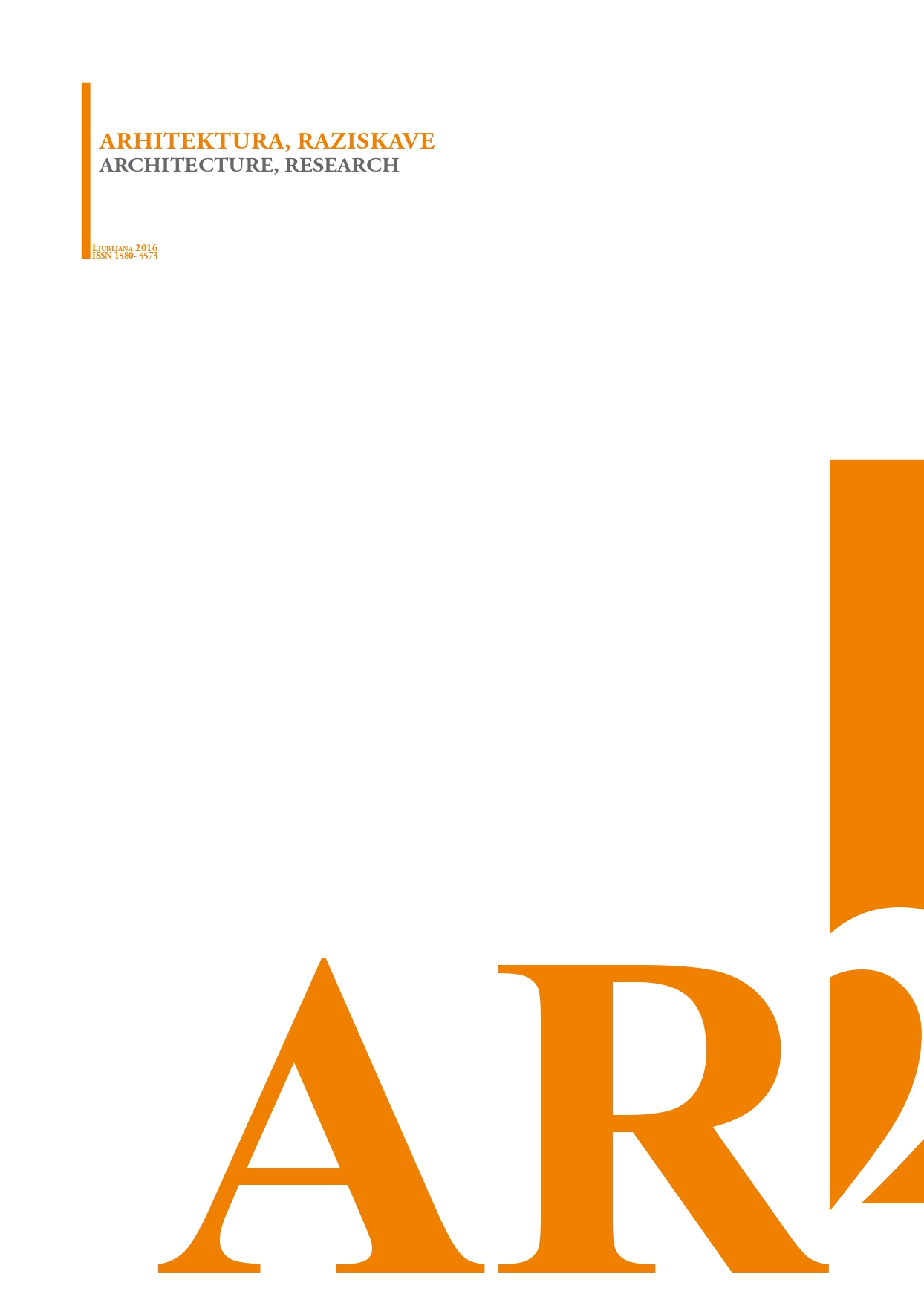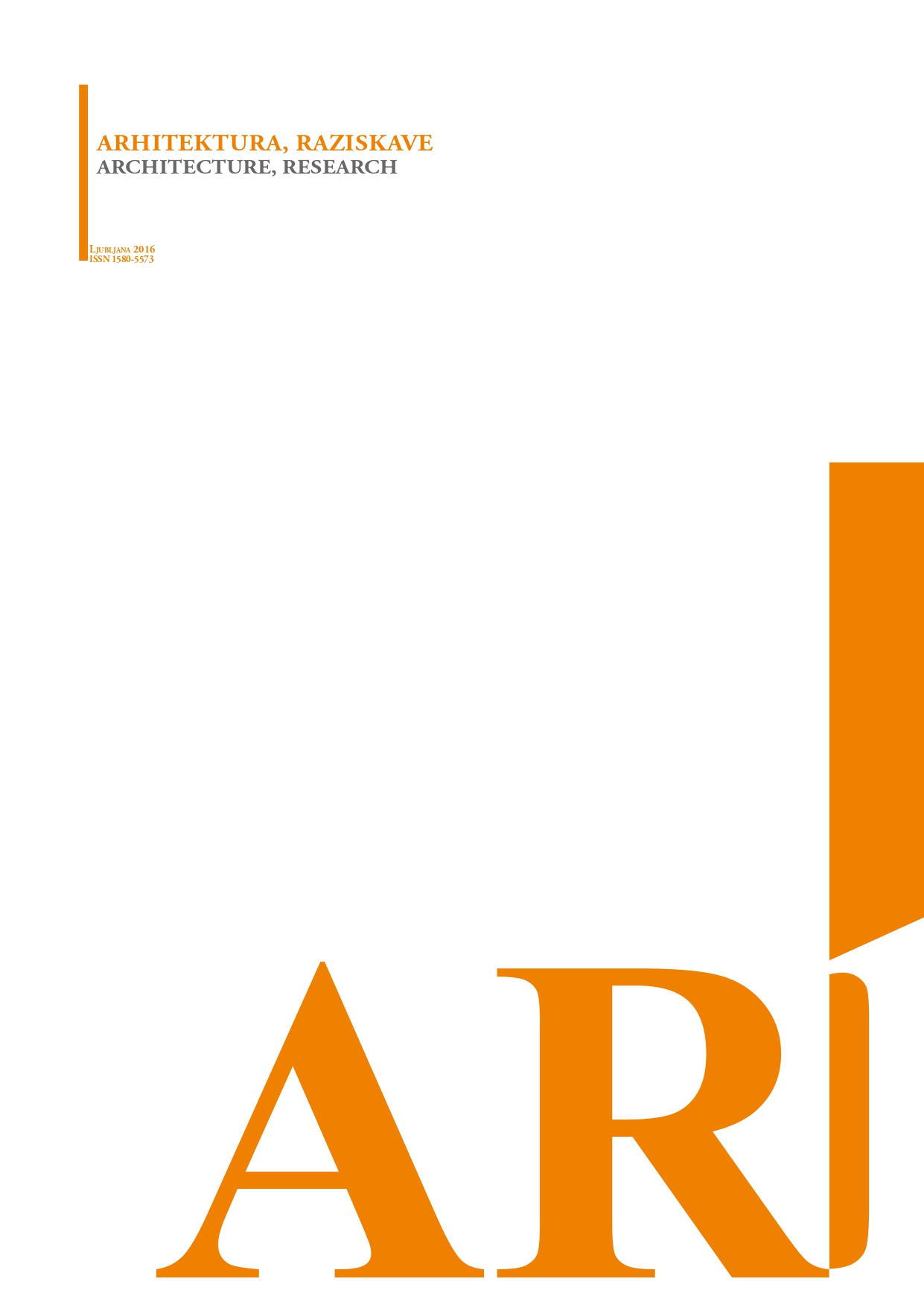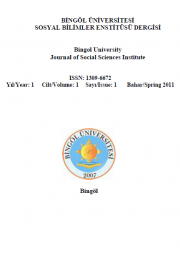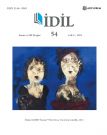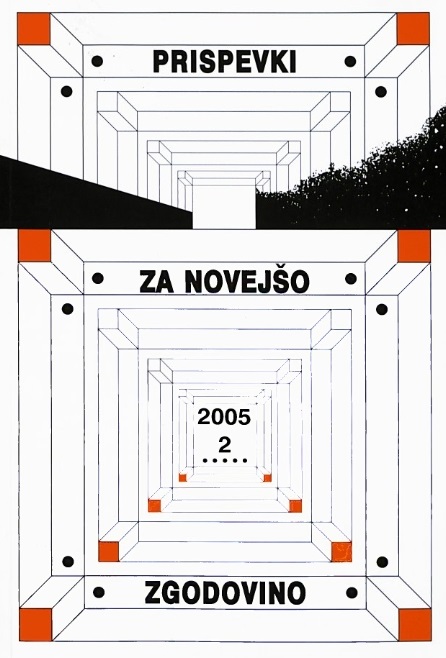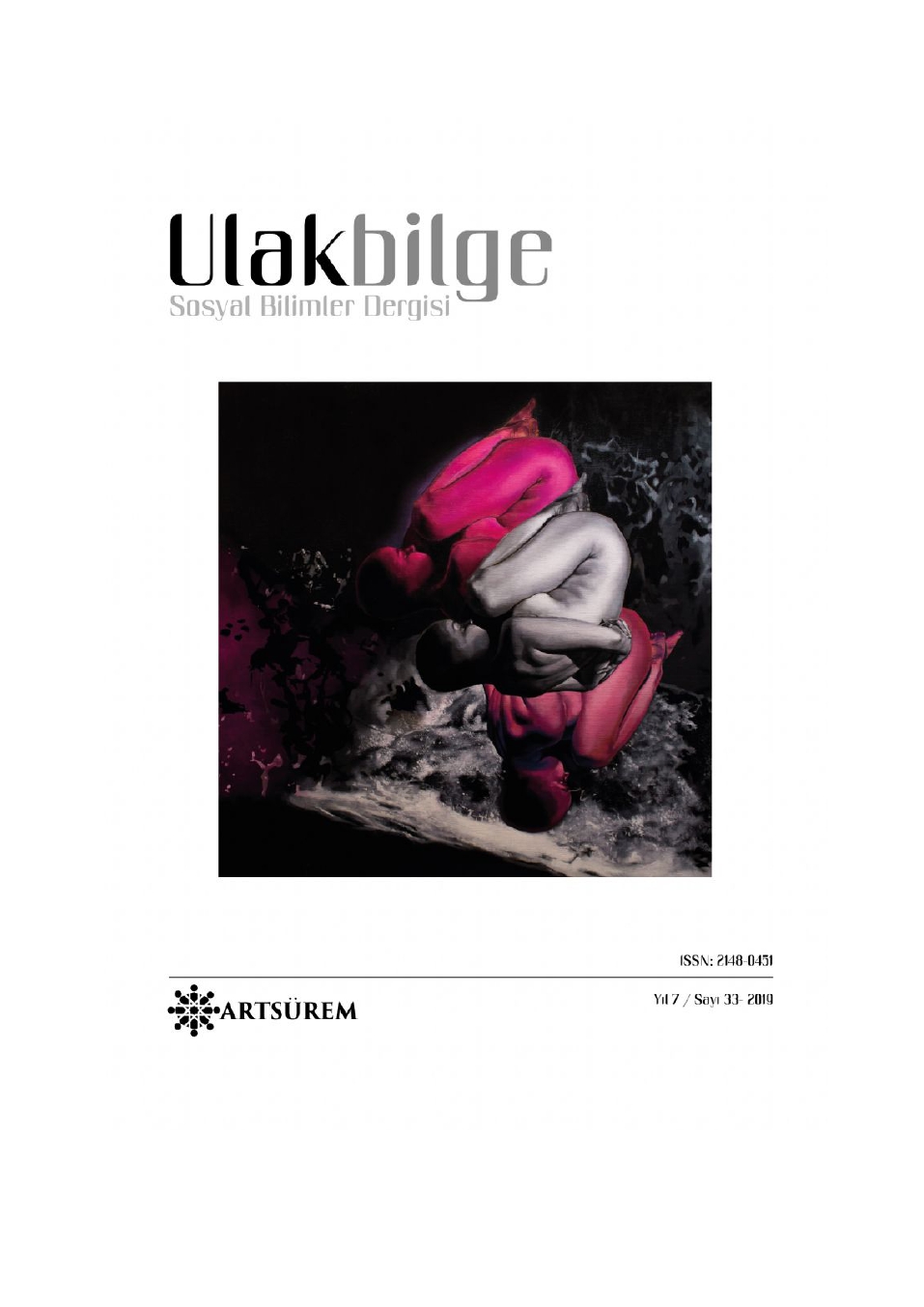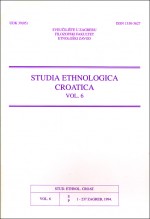
Čorda - srida - pored
There has been no systematic ethnological researches on the traditional forms of cooperation in cattle-breeding till today. The largest part of available data is based on the observation and description of individual phenomena from cattle-breeders' lives, and it usually deals with regions where so-called mobile cattle-breeding (with different forms of transhumant cattle-breeding) was either the only or the preferred one. The cattle pasture was organized on the nearby grazing land (which was usually common) through different types of cooperation made within a joint family, a hamlet, or even more villages. On these pastures (regionally known as gmajna, komun, utrina, čair, urije, etc.) the most common way of grazing was the one that took place during the daytime, while the cattle would be brought back every night. The most usual task of such cooperation was to find a common shepherd (according to the type of cattle), but also to organize the communal processing of milk. The shepherds were hired upon different conditions and for a definite period of time. Another way of cooperation was conducted by selecting one or more members from each joint family depending on the number of head of cattle given to the common herd. The most usually used names for such cooperation and its variants are čorda, srida, red, porede, nadnevnica, etc. This paper conducts an analysis based upon both written material and the one published in the ethnological papers, but also upon data on about 3,000 villages from the Questionnaire of the Center for Ethnological Cartography at the Faculty of Philosophy, University of Zagreb.
More...
